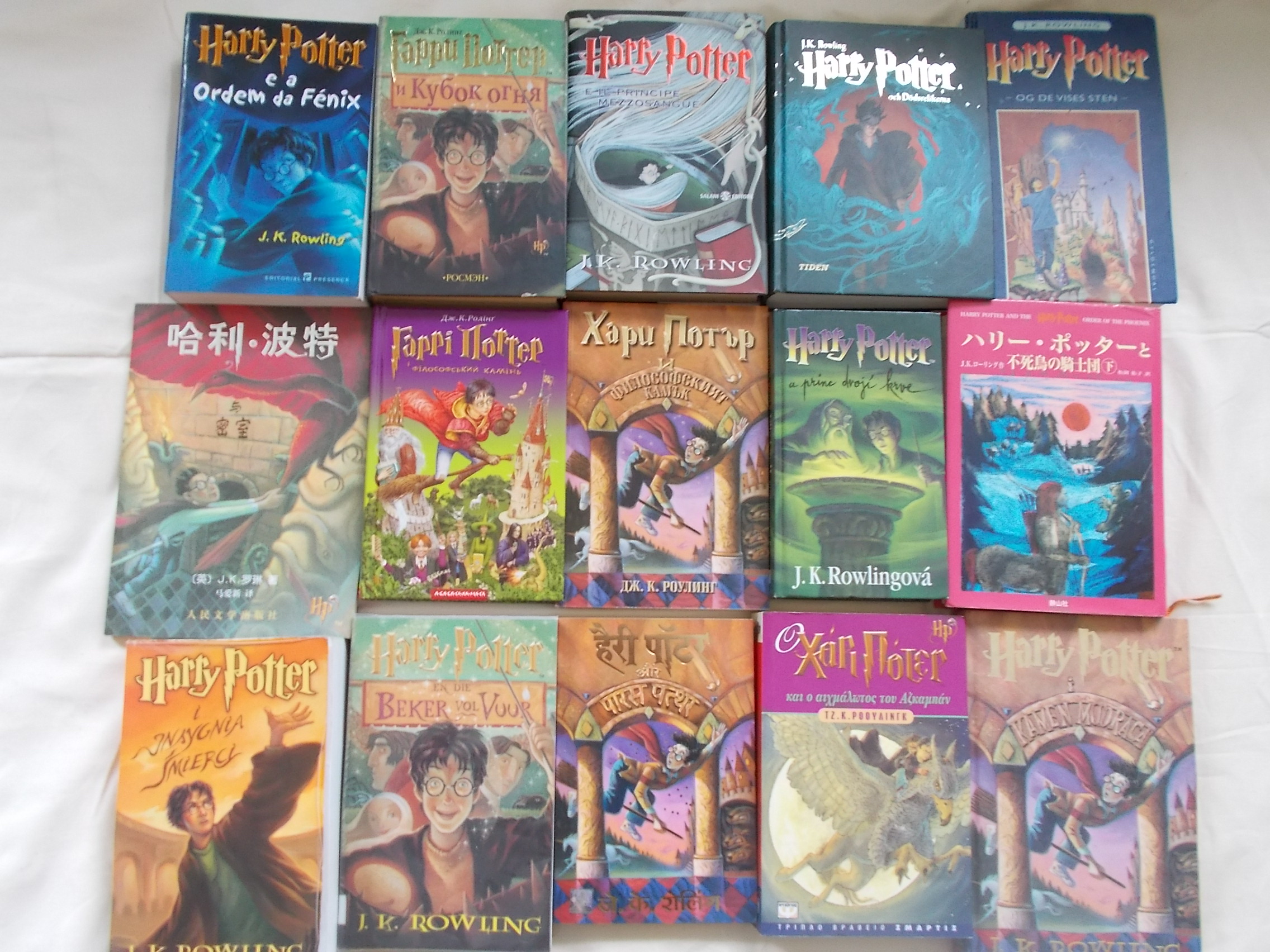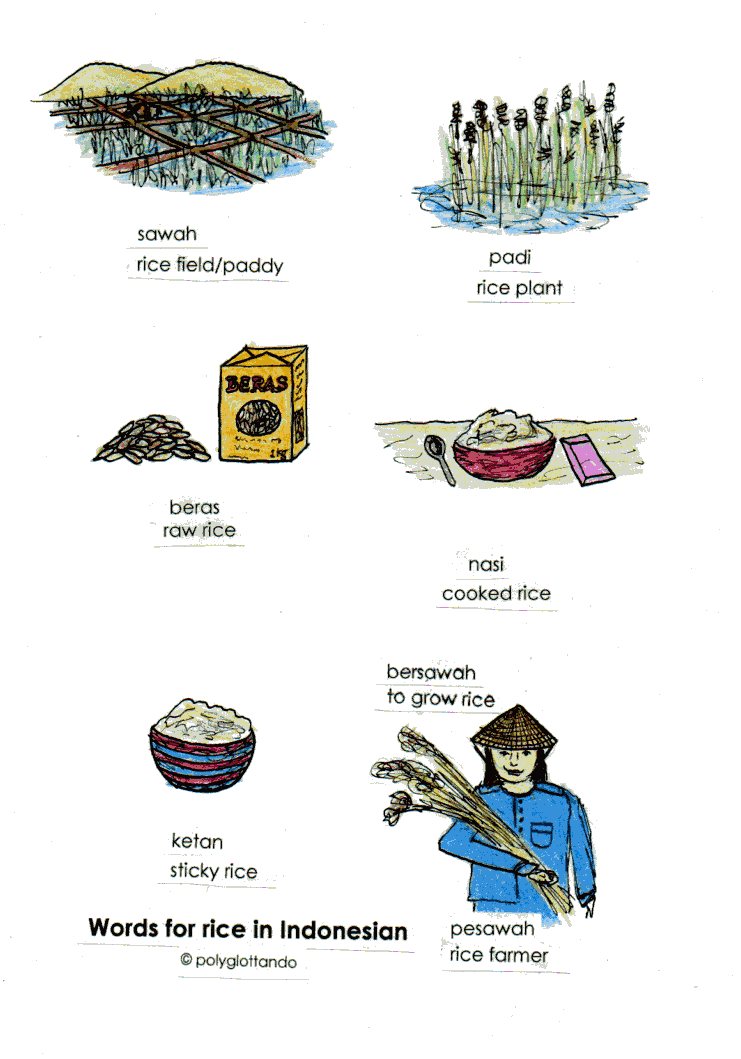
The Tower of Babel, Pieter Bruegel the Elder, 1563
Today’s blog post is about how to create a language immersion environment at the place where you live, which will permit you to learn your target language(s) naturally by ‘absorbing’ them in your daily life. Learning a language to fluency is perfectly possible even if you cannot travel to the country where it is spoken and spend some longer periods of time there. I personally learned all of my languages from abroad and never in the countries where they are spoken (with exception of my two second languages), and I have done so via an immersive environment which I created for myself. This is not difficult and to illustrate how it can be done, I will describe a ‘typical’ week in my life in the following paragraphs. 🙂
To start with, I have to say that I am a freelancer with several, very different, jobs, so each day I have to perform quite different tasks which permit me to integrate my language practice to a greater or lesser extent into my daily routine, depending on which task is due on a particular day. One thing I virtually never ever (!!) do is sitting at a desk studying a language from a textbook! My daily language learning routine is completely integrated into my daily life and cannot be separated from it – I virtually live my life in the different languages I speak 🙂 . In this way, I also manage to practice (and learn) my languages for about more than 20 or 30 hours each week.
So how do I integrate my language learning into my daily life? On a typical day, one of the first things I do each morning is to study my current main target languages from a textbook for about 15-30 minutes, sometimes longer, even before getting up properly. While getting ready for the day, I usually learn some new vocabulary in the otherwise ‘lost’ time (= while making breakfast, getting dressed, etc.) – in my opinion it is the most time-efficient way of learning vocabulary . 🙂
Often, when my work for that day permits it, I also hone my language skills while working: Especially good for language practice are days on which I have to perform ‘manual’ tasks which leave my mind free to wander, like illustrating, or designing or making/assembling new products. This often gives me the opportunity to listen to language tapes in various languages for several hours at a time while working. Sometimes, my work also involves customer service for a small business I work for, and this correspondence will then be in any language the customer has chosen to write in – another opportunity to practice my skills. So if your work permits it and you want to integrate more language practice into your daily life, try listening to language tapes while you work instead of to the radio or to music (unless they are in one of your target languages of course 🙂 ). On other days, for example when I have to work on machines which are too loud to permit the use of audiotapes, I usually learn vocabulary while working. So during an average workday, I can often integrate quite a substantial amount of extra learning practice, though not always.
In my free time, I continue learning and using my languages, both directly and indirectly. A language learning practice I really do every single day (!!) is listening to the Word of the Day online, in about 40 languages (in every language for which I have found a daily post!) . This takes me about an hour, on the average 1-2 minutes for each language. This might not seem like much, but this adds up quite substantially over the course of a month and a year: 1-2 minutes per day per language means at least (!!) 7-15 minutes of language practice per week in each of these c.40 languages, and again at least 30-60 minutes of practice per month for each language, etc.! Then, I have recently joined duolingo, which is quite fun, and where I have signed up for the intensive streak of 5 exercices per day, but I usually do more than that since it is quite addictive 🙂 . So there I spend another hour or so practising languages, learning new ones as well as using it to brush up old ones.
Internet: This is another great opportunity if you want to immerse yourself in your target languages. Whenever I use twitter, I log in using a different language each time. 🙂 Both my twitter and facebook feeds are multilingual themselves (!!) – I pursue my hobbies in my various languages! So I do not only follow and read posts about learning languages, but I subscribe to pages about my various interests in a variety of languages, so that my newsfeed is totally multilingual. To illustrate this, if your interest is kittens for example 😉 , search for facebook pages about kittens in the languages you are learning .and subscribe to them, if your interest is politics, subscribe to political pages from various countries, etc. So in this way you can both pursue an interest that personally captivates you while practising your target languages at the same time. This is what immersion is all about, namely that language learning cannot be distinguished from ordinary life any more and that you start to live your life in the languages. 🙂
My final language practice of an average day takes place at night. I don’t have a TV, so I never watch movies every night like most people do. Instead, I enjoy reading. Often, I spend another 30 minutes or an hour working through a textbook (on nights with plenty of time) or just reading (in any language). But each night before going to bed, I read the Harry Potter books for at least an hour, usually in one of my intermediate-level languages to take them to a higher level eventually. (See a previous blog post of mine on how you can use the Harry Potter books or any other novels to boost your intermediate language skills). So on an average day, I manage to immerse myself in my languages at the very least for 3 or 4 hours, if not more. 🙂 And this time is NOT spent studying at a desk 🙂 .
I rarely watch movies, but if I do, I get myself a DVD and watch it in my target language. If I am proficient in the language, I use no subtitles, but if it is in one of my intermediate languages, I usually turn on the subtitles in the target language (NOT in English!!) so I can read along if I don’t understand something. I find this really helps to improve my skills. Another thing I do very frequently is just listening to films (usually documentaries, which I prefer) while working on the computer. Mostly I don’t need to see the pictures or the footage, and this is a great way of honing my listening comprehension. 🙂
As you can see, language immersion does not require you to actually live in the countries to be immersed in the language, you just have to create an environment in your daily life in which you live your life in the language.






